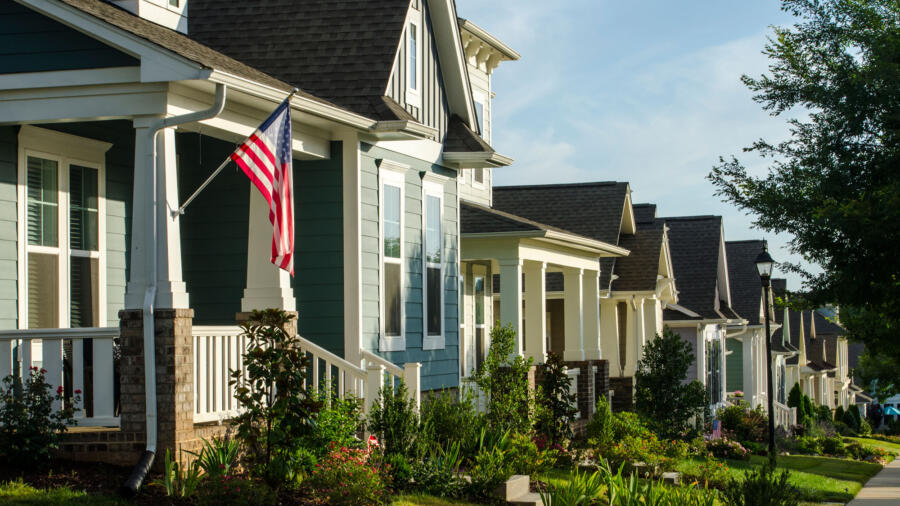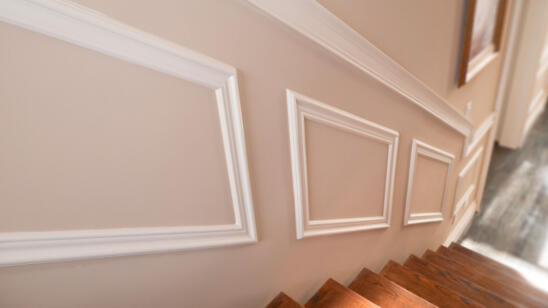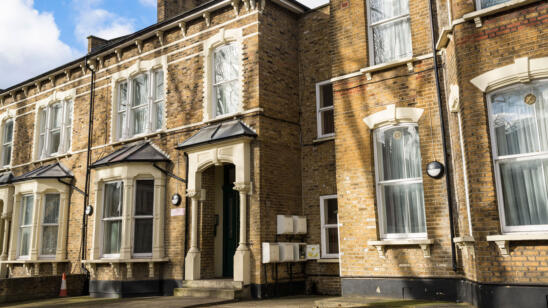The American dream coaxed me back to the U.S. after seven years abroad. Not the white picket fence or the 2.5 kids (I’m happy with the one I’ve got), but the two-story house with a sloping roof and hardwood floors. I’d lived in cramped city apartments for as long as I could remember, and my American dream involved a vintage house with charm to spare.
The fantasy became a reality in New Bern, North Carolina, a city my husband and I hadn’t set foot in until the day we moved. The house materialized like an apparition. Built in the early 1920s, it had everything we’d hoped for: four bedrooms across two floors, a home office, two fireplaces, a wraparound porch and character oozing from its shuttered façade.
Character typically draws people into older homes, the unfamiliar layouts and thoughtful details nostalgic for lost moments. What homeowners don’t realize is that for every beautiful architectural action comes an equal and opposite reaction: a set of issues that owners of new homes just don’t understand.
Christine Tancinco swooned when she first saw her 1930s apartment. The Manhattan residence boasts high ceilings, original hardwood floors, exposed brick and ornate moldings that went extinct last century. And then there are the windows. The generous windows that let in a flood of sunlight… unless that sunlight brings with it heat. Then, light and fresh air cower beneath a clunky air conditioning unit. In winter, good, old-fashioned radiators release enough warmth to keep a sauna in business, but there are only two settings: off and on. Sweat or shiver, the choice is yours.
Electrical outlets weren’t included in early 20th century building plans, so they were added – sparingly – in later decades. “I get anxious just thinking about the visible cord and power strip city growing behind my TV,” Tancinco says of her single living room outlet. Her manual flush valve toilet, now synonymous with middle school restrooms, has become a conversation piece among guests. They sit against a backdrop of white paint she slathered on the walls. Ignorance is bliss, and Tancinco admits she layered it over earlier coats of paint, which may or may not contain lead.
Jeannie Stezano’s beloved Westport, Connecticut, house is rich with history. Built for a soldier returning from World War II, many of its original features are intact. It wasn’t a groundbreaking period in terms of suburban architectural design, but the post-war era did produce many modern amenities, including passive solar heating (thanks to dual-thermal-paned windows) and fitted kitchen cabinets. Although Stezano can’t imagine living in a new house, she says that even walking between rooms required some getting used to: “The floors aren’t level, so as you walk you can feel the dips in the floor.” And because there was originally no access from the ground floor to the basement, her washer and dryer sat squarely in the kitchen.
As for me, I’ve grown attached to my 100-year-old house and all of its quirks. But if you don’t hear from me for a while, check in. The ancient doorknobs don’t always work, and I might be stuck inside it.


